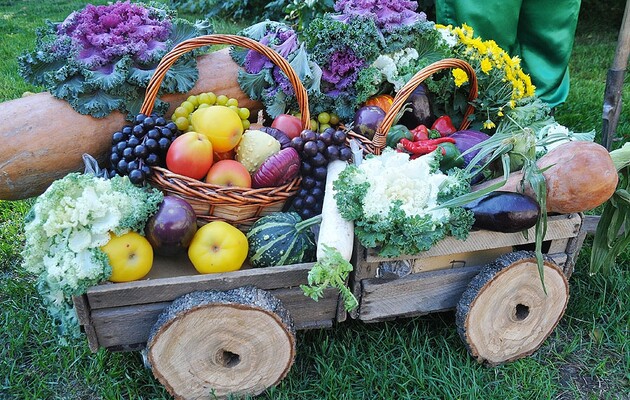The Gardens of Victory project has historical analogues.

The “Gardens of Victory” initiative has been launched in Ukraine – an all-Ukrainian campaign aimed at the efficient use of available land and directing all resources for growing food to prevent the food crisis in Ukraine.
The campaign is implemented by the Ministry of Community and Territorial Development and the Ministry of Agrarian Policy and Food in conjunction with the International Technical Assistance Project “Supporting Government Reform in Ukraine” (SURGe), implemented by Alinea International with financial support from the Government of Canada.
“As a result of the war that Russia started against Ukraine, in 2022 we may lose about 42% of the annual grain and legume harvest; 53% of the buckwheat crop; 68% of the tomato crop; 36% of the potato crop, 46% of the onion crop; 45% of the cucumber crop; , 32% of the harvest of cabbage; 35% of the harvest of beets and many other crops grown in our territories, “- said on the Facebook page” Victory Gardens “.
In practice, this means that a third of Ukrainians will have trouble getting enough food, which is a real threat that requires a quick and effective response.
The initiators call on all Ukrainians to plant every possible piece in their household, on the balcony or near the house, and local communities to mobilize efforts and use all available land resources for food cultivation, including wastelands, backyards, parks and lawns.
In turn, business and international partners call on Ukrainians to help with seeds, fertilizers, the latest cultivation technologies, fuels and equipment for tillage, equipment for processing and storage of products.
The organizers intend to provide advice to communities and households on how to organize gardens of victory, how to effectively grow, store and process grown products, as well as actively encourage every citizen to join in growing food at home.
It is noted that this initiative has historical analogies.
“Apart from indirect assistance to the military, such gardens were also seen as” improving the morale “of the citizens, as gardeners had the opportunity to be proud of their work and receive rewards in the form of crops. initiators.
For example, in Canada, which is financing the current project, a “Garden for Every Home” campaign was organized during the First World War: homeowners were encouraged to garden and keep chickens. As a result, by 1944, about 209.2 thousand “gardens of victory” had been established throughout the country. In particular, in 1944, 57,000 tons of vegetables were grown there as part of this initiative.
In the United States throughout World War II, almost a third of all vegetables grown came from the “Victory Gardens.” It is noted that in May 1943, 18 million such plots were planted in the United States, including 12 million in cities.
“Victory Gardens is not just about growing and harvesting food. It employs hundreds of thousands of people and national cohesion. It is a new philosophy of treating land as a traditional resource for Ukrainians that protects and empowers the struggle,” the project's initiators said.




